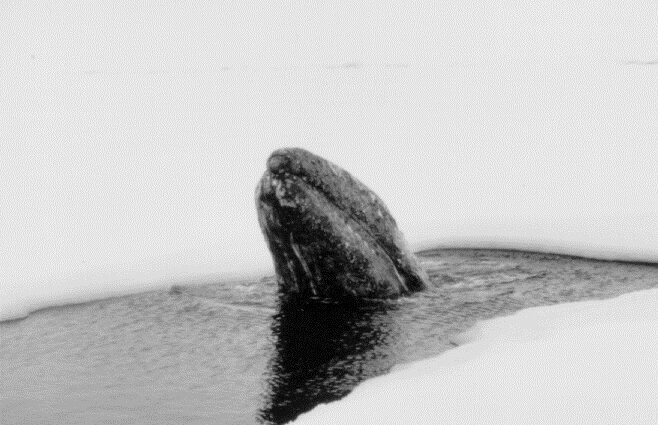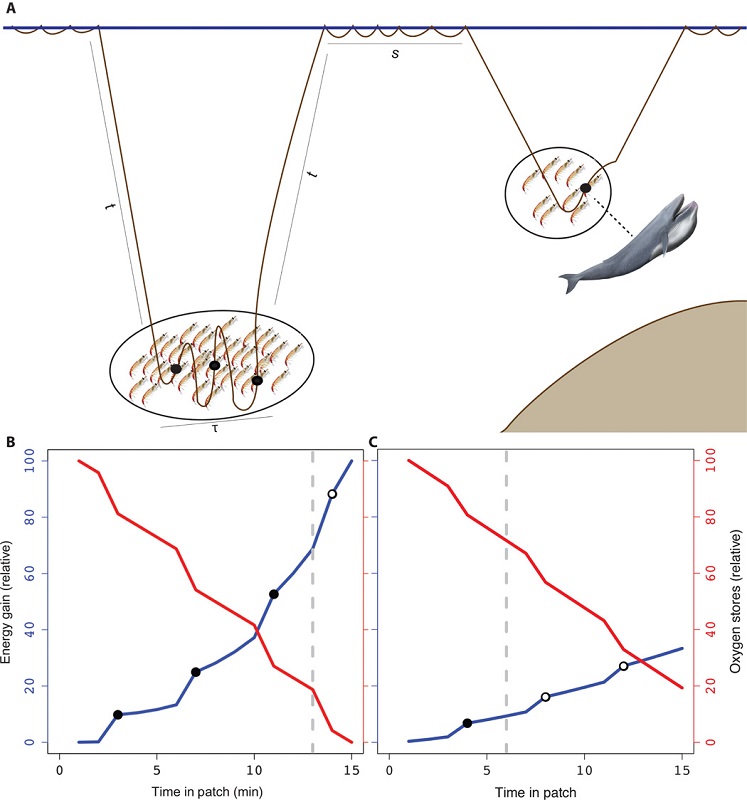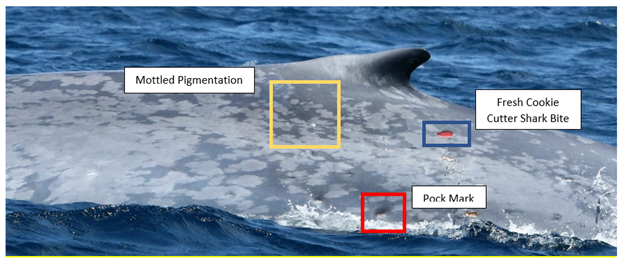By Rachel Kaplan, PhD student, OSU College of Earth, Ocean, and Atmospheric Sciences and Department of Fisheries and Wildlife, Geospatial Ecology of Marine Megafauna Lab
As we all try to find ways to be together safely this winter, the GEMM Lab has started a fun series of virtual movie nights. Just before the holidays, we watched “Big Miracle,” which tells the story of the historic whale entrapment event in Utqiagvik, Alaska (formerly called “Barrow”) that captured the world’s attention.
In late September 1988, three gray whales became trapped in the sea ice just off Point Barrow. Local attempts to free the whales quickly became national news that captured the attention of millions, including President Ronald Reagan, pop legend Michael Jackson – and elementary-schooler Leigh Torres.
After the movie, Leigh told us about how she had religiously followed television updates on the rescue as a child. Hearing her memories of the event and its part in inspiring her to pursue a career in whale research was one of the best parts of watching the movie together as a lab.
Tuning in from my parents’ house in Fairbanks, Alaska, the story felt surprisingly close to home for me too. I had never heard Inupiaq spoken in a feature film before, and I was stunned to recognize the landscape around Utqiaġvik and realize that some of the movie was filmed on location. It was also the first movie I’d seen represent the myriad of human dimensions that surround whale research and policy, including Indigenous rights, oil and fishing industry interests, and environmental perspectives.
Certain elements of the movie also made me uncomfortable, and thus made me wonder about the movie’s accuracy. Why were the main characters in the film people from outside Alaska? How did the rescue logistics and decision-making processes really play out in Utqiaġvik? Why did the whales become trapped in the first place?
I was curious to learn more about the whales, and how Utqiaġvik experienced both the massive rescue effort and the Hollywood-ized retelling of its story. During a great Zoom conversation, I learned more from Craig George, a whale biologist who has worked in Utqiaġvik since the 1970s and was involved during the entire 1988 rescue mission.
Like all Hollywood movies based on real events, “Big Miracle” mixes facts with a healthy dose of fiction and storytelling. The movie portrays the three entrapped whales as a family unit, given the names Wilma, Fred, and Bam Bam. Craig described them in more scientific terms – three subadult gray whales, all 25-30 feet in length. He and the other biologists onsite collected data throughout the three-week rescue effort, recording the whales’ behavior, dive times, and vocalizations. They calculated that the whales’ respiration rates were double that of typical rates, revealing the whales’ distress.

“The community effort to free the whales was amazing,” Craig said. “Low-tech approaches and local knowledge are typically most effective in the Arctic, and all the best ideas relied on the Inupiaq knowledge of the area.”
With the aim of leading the whales offshore to safer waters, a team of volunteers cut a series of breathing holes at regular intervals in the sea ice. The approach seemed to work well, and so the ice-breaking crew was puzzled when the whales stopped using the new holes – until they realized the area was underlain by shoals that the whales were unwilling to cross. They began cutting in a new direction, and the whales appeared in the new hole instantly, before the opening was even completed.
“The whales were trying to tell us the direction they wanted to go,” Craig said. “It was really astonishing, because there was definitely a dynamic between us. We tried to train them to work with us, and they also trained us.”

Over three weeks, the rescue effort grew from local to international. Companies donated chainsaws and fuel, and people following the news outside Alaska flew to Utqiaġvik to volunteer their help. Several attempts to break the ice, including an ice-based pontoon tractor and an ice-breaking helicopter, failed. Working around the clock, and in temperatures below -20F, volunteers continued cutting breathing holes in the ice for the whales.
Finally, one hurdle remained between the whales and open water – a massive pressure ridge of grounded sea ice, about 20 ft high and just as deep. It was impossible to cut through with chainsaws. Two Russian icebreakers, the Vladimir Arseniev and the Admiral Makarov were enlisted to come break the ridge and clear the way to open water – no small diplomatic feat during the Cold War.
Ultimately, Craig said, the real story’s ending isn’t quite as picture-perfect as the one in “Big Miracle” – no one actually knows whether the whales made it out or not.
“We know that the whales swam out the icebreaker track, because their blood was found on ice shards,” he said. “They might have made it out, but we never saw them again and don’t know for sure.”
Nearly 40 years later, Craig says the story still comes up often in Utqiaġvik, but in a different context – climate change. In 1988, the sea ice froze up in late September. In 2020, however, there was no shore-fast ice until early December. Craig remembers that, during the rescue, temperatures dropped to -24°F one night — colder than Utqiaġvik had experienced yet in January 2020, when we last spoke. Today’s dramatically different conditions have impacts for the entire Arctic ecosystem, as well as the people who rely on it to survive.
Watching “Big Miracle” sparked so many questions about the past, and talking with Craig gave me just as many questions about the future. How will changing ocean conditions impact gray whales, and other Arctic whales? How will the social and environmental dynamics that “Big Miracle” depicted – environmentalism, resource exploitation, and Indigenous rights – adapt and evolve in a changing Arctic? What will the Alaskan Arctic look like in another 40 years?






